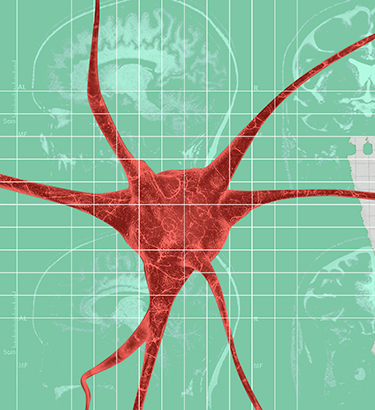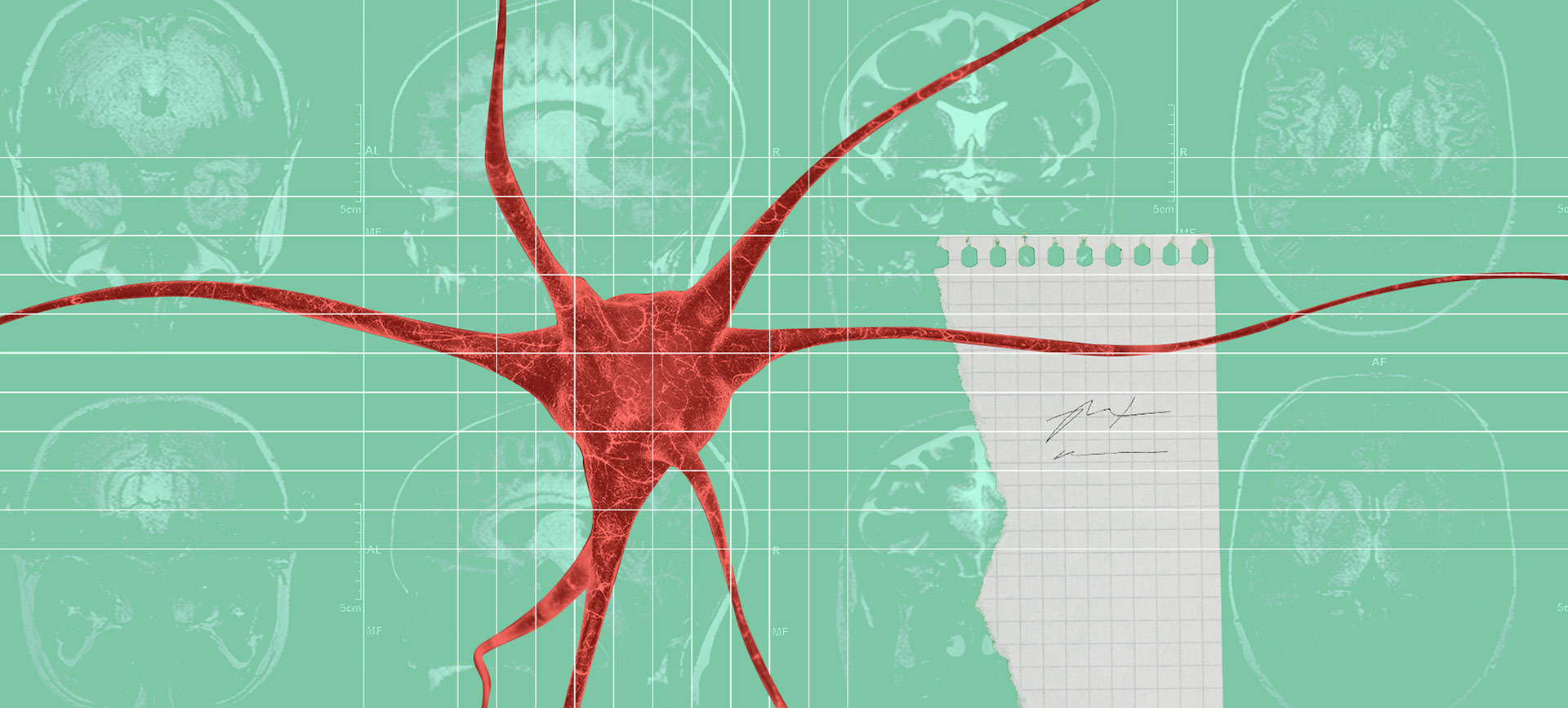Conners: After four years of medical school, you have to enter a neurology residency program. Those are typically four years of additional training, where you do the first year of internship, typically in internal medicine, and then three additional years specifically in a department of neurology. There, you're seeing neurology-specific patients for those three years both in inpatient and hospital settings and outpatient settings. After residency, trainees will do additional training to do a subspecialty. I did vascular surgery, but there are a whole host of other subspecialties that one can go into from the general neurology residency.


Specialist Q&A: What Can a Neurologist Do for You?
James Conners, M.D., M.S., is a neurologist at Rush University Medical Center in Chicago. He attended the University of Illinois College of Medicine, then completed a residency in neurology and a fellowship in vascular neurology at McGaw Medical Center of Northwestern University. He's been in practice for 13 years.
Conners is chairperson of the department of neurological sciences at Rush Neurology. An associate professor, he has served as medical director of the Comprehensive Stroke Center since 2011 and as chief of the section of cerebrovascular diseases since 2012. He received the 2020-2021 Rush Faculty Excellence Award for Excellence in Clinical Service.
Conners spoke to Giddy as part of a series on medical specialists.
Editor's note: This interview has been edited for length and clarity.
Anything to do with the nervous system. The nervous system is broken down into the central nervous system and the peripheral nervous system. The central nervous system consists of your brain and your spinal cord, and the peripheral nervous system is all the peripheral nerves coming off the spinal cord all the way out into your extremities.
It's a whole host of diseases that can happen based on pathology in either the central or peripheral nervous system. It ranges from things like stroke, where there's a blockage in a blood vessel or rupture of a blood vessel in the brain or the spinal cord. We have epilepsy, where patients are having seizures due to any sort of neurologic disturbance. We have movement disorders, the most common one being Parkinson's disease.
But there are a whole host of others, including tremors and dystonias. There are neuroinflammatory conditions; things like multiple sclerosis is a whole other area within neurology. The areas of dementia fall under neurology, so again, primarily the most common being Alzheimer's dementia, but [also] a whole host of other dementias and neurodegenerative diseases.
We have additional subspecialties within neurocritical care, so neurologists see patients in an ICU setting due to their neurologic disease. We have interventional neurologists, who use minimally invasive interventional techniques to treat things like acute stroke or cerebral aneurysms that have ruptured or other vascular malformations.
Neuromuscular neurologists treat things like amyotrophic lateral sclerosis [ALS] and other neuropathies along that order. We have neurologists who decide to stay in general neurology and treat all comers. Usually, you'll find those neurologists more out in the community setting, whereas often the subspecialists that I mentioned tend to be more in a larger, academic setting.
Patients come in with symptoms that might be hard to diagnose and figure out. Oftentimes, there's a mystery to what's going on with the patients and it takes some investigative detective work to sort through and figure out what the diagnosis is. That's always a challenge I think most neurologists enjoy undertaking due to the overall nature of the work that we do.
In the last 20 years or so, there's really been a boom of treatment options available for patients of neurologic disease. About 30 or 40 years ago, there weren't as many treatments for our patients coming in, so it was more of an issue of trying to come up with the diagnosis and then stabilizing patients. However, we've been able to develop therapies that can either completely delay or even sometimes reverse some of the neurologic diseases going on. This includes things like acute stroke treatment where we use clot-busting medicines or other interventional procedures to reverse stroke symptoms.
There are a whole host of medications that are now used for multiple sclerosis, which used to be completely debilitating for a lot of patients. For epilepsy patients, we're now able to control their seizures.
The ability to help patients with a lot of these very difficult and either deadly or disabling diseases is certainly what attracted me to the field.
Very common diagnoses or reasons to see a neurologist would oftentimes be things like seizures, memory loss, migraine headaches or other severe headaches. Those are some of the main diagnoses and reasons why.
Other things include problems with movement and problems with sensory loss; those are perpetual neurologic conditions that someone might get referred to see a neurologist.
Neurology is a field where patient history and a physical are still incredibly important. When I say the history, those will be the questions a neurologist asks about the patient, because that can help us with the diagnosis. Oftentimes, we can make a diagnosis with the history and a physical alone without having any imaging studies like CT [computed tomography] scans or MRIs [magnetic resonance imaging].
It's important for [the patients] to be able to describe what's going on, so we'll delve quite a bit into the time course of an illness. What makes it better? What makes it worse? We'll find out the exact symptoms a patient is having. When we do the neurologic exam, which is a detailed examination of someone's neurologic function, we test things like basic executive function, including somebody's language. We test things such as strength, balance, coordination and sensation.
What we're trying to do is figure out if there's a specific area of the nervous system where we're detecting something abnormal. When we put those findings from a neurologic exam together with the history, that is what really helps us make the diagnosis.
Depending on our initial assessment, based on what we're presuming might be going on with our diagnosis, imaging studies like CT scans or MRIs are very common. MRIs tend to be more sensitive, especially in the outpatient setting. We'll tend to order more MRIs of the brain or the spinal cord. If we have a suspicion of possible seizure, we might order an electroencephalogram [EEG]. That's placing tiny sensors across the scalp to determine if there's any abnormal electrical activity in the brain.
We use other neuro diagnostics, including electromyography [EMG] and nerve conduction studies, if we suspect someone has peripheral neuropathy, a problem with the nerves in the arms or legs. That can help localize as well, based on how quickly the nerves are firing or if there's any specific muscle involvement. Occasionally, we might have to do an analysis of somebody's spinal fluid, at which point we would do a spinal tap. Those tend to be less frequently necessary.
It really varies based on what we think the pathology is and what the disease is. It can range anywhere from one or two visits to being a long-term patient the neurologist will see for the rest of said patient's life. One example would be if someone had a stroke and I saw that patient at the hospital and we determined the stroke was due to some basic risk factors, such as high blood pressure, high cholesterol, diabetes and smoking. If we stabilize them from their stroke and they were able to get those areas under control with a primary care doctor, they wouldn't need to see the neurologist long term.
On the other hand, if someone had a progressive neurologic disease, such as ALS or Parkinson's, where that disease is not something curable, it's more a matter of managing it. That's where the neurologist would see that patient on a more regular basis.
Right now, there's a lot of excitement around Alzheimer's disease. We're very excited about a host of new medications. We know Alzheimer's is something very prevalent in our society and the number of patients with Alzheimer's is growing as our population ages. There are newer medications we're very hopeful for. We're just waiting on more data to see if we can't reverse or, at least, slow down some of the disabilities and the memory loss associated with the disease.









